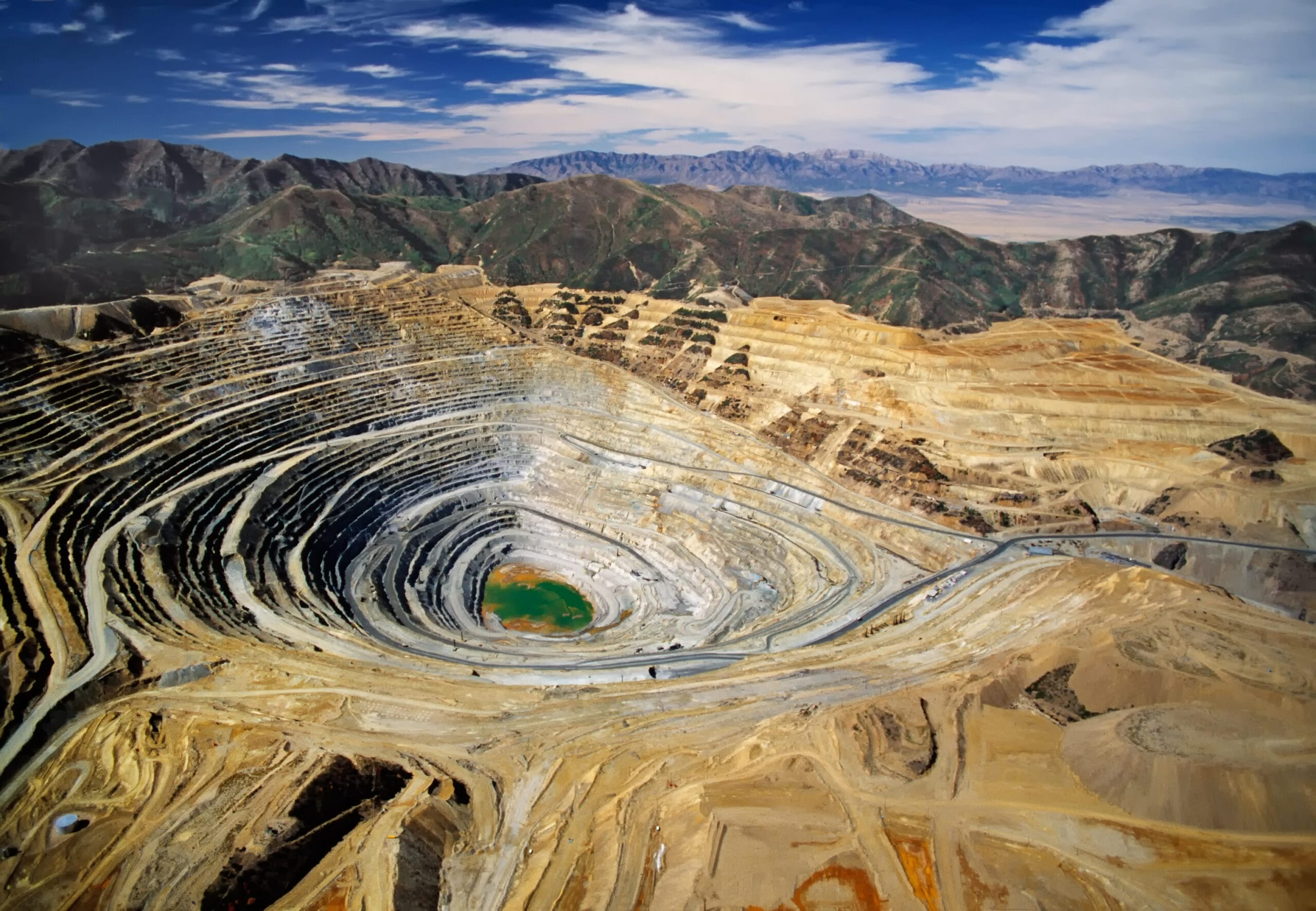Emerging markets have increasingly become focal points for mining investment in recent years, driven by their rich reserves of critical minerals, vast under-explored regions and potential economic growth trajectories. Demand for these minerals has surged thanks to the energy transition, enhancing the strategic importance of countries such as the Democratic Republic of Congo, Indonesia, Argentina and Mongolia. They are attracting significant attention from international investors seeking to diversify and secure supply chains to meet that rising demand.
However, deploying capital into developing markets comes with inherent risks. While some governments are refining their regulatory landscapes to attract foreign investment, others face political volatility, resource nationalism, and shifting fiscal policies. Chile and Peru have recently introduced higher mining taxes, and Indonesia’s restrictions on nickel exports to prioritize domestic processing reflect a broader trend toward protectionism. These unpredictable regulatory environments can complicate long-term planning and inhibit investment.
Adding a further layer of uncertainty, a second Trump administration in the United States could intensify global geopolitical tensions and affect the mining sector’s path, particularly as expectations rise that the US Government will further escalate trade tensions with China. China is responsible for over half of the world’s supply of rare earths and graphite and dominates processing across most critical minerals. China has also demonstrated its willingness to use critical minerals as part of its foreign policy and to address trade wars, having previously introduced a short-term export ban on rare earth elements to Japan after a dispute and, at the end of 2024, banning shipments of antimony, gallium and germanium to the United States. Against this backdrop, many Western governments and companies will be keen to diversify their supply chains away from China. The allure of high-growth, resource-rich economies must be balanced against these challenges and global complications. Strategic risk assessment and mitigation will remain critical for mining companies and their investors looking to capitalize on the opportunities in these emerging markets while managing the associated uncertainties.

